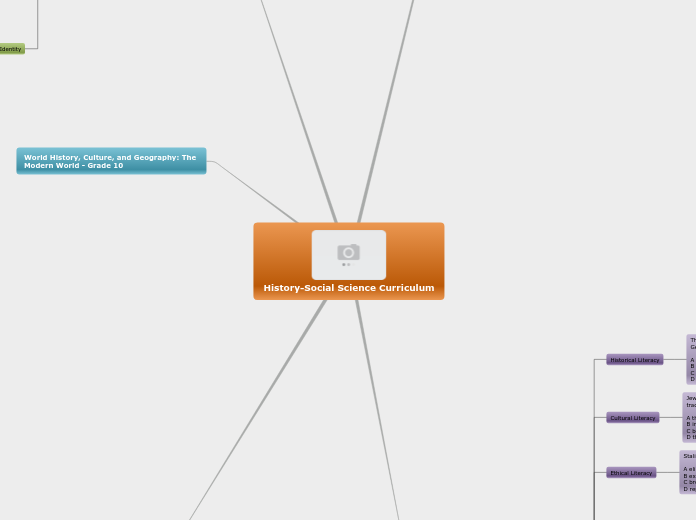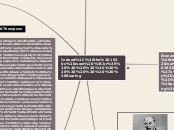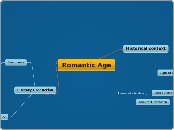по Eric Wikstrom 11 лет назад
368
History 442S Mindmap
The curriculum emphasizes the importance of understanding and analyzing different perspectives on law, reason, faith, and individual duties as seen through Judeo-Christian and Greco-Roman lenses.









